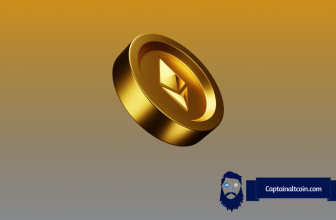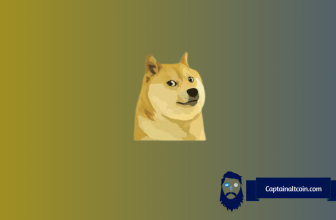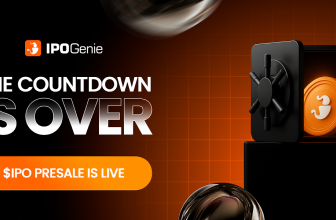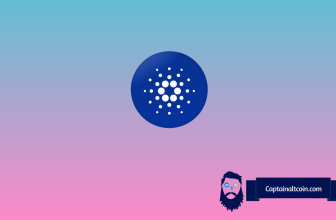
The crypto currency EOS is known to many crypto users as the longest ICO of all time. The EOSIO 2.0 update gives you the opportunity to take a closer look at the project and the latest changes. These are of particular interest as they make the network more powerful as well as making dApp developers’ work easier.
EOS was created by Dan Larimer, who was previously involved in the development of BitShares (2014) and STEEM (2016). EOS has set itself the goal of creating an infrastructure for decentralized applications. The aim is to make it highly scalable and capable of fast transactions.
This is based on a consensus algorithm called Delegated Proof of Stake (DPOS). This gives the owners of the EOS tokens the opportunity to vote on who should write the blocks of the EOS blockchain.
Block Producer as the central infrastructure of the network
The system is dynamic, as users select the so-called block producers every minute anew. This has the advantage that they can deselect them at any time if they do not do their job. Every minute, the producers write 126 blocks, with each producer being responsible for six of these blocks. For each written block he receives newly created EOS tokens. Unlike Bitcoin Mining, it’s all about paying out block rewards. EOS has no fees and no maximum number of tokens.
RELATED: Best Eos wallets 2020
The network recognizes a block as valid if 15 producers confirm it. The same applies to special votes, for example, if the network agrees on a constitution, freezes stolen accounts or stops a faulty dApp. Critics of the project speak of a lack of decentralization. They express concern that the majority of producers are located in China. The danger this poses is similar to 51 percent attacks through mining centralization.
Unlike many other crypto currencies, EOS does not confront end users with long cryptographic addresses. Instead, the user can use a username system to interact with dApps and other users. If a user wants to use a dApp, it does not cost him anything, but he must keep enough EOS in his wallet to be entitled to the resources used (CPU, memory & RAM).
Importance of the Update for dApps on the EOS Blockchain
In early October, Block.one, the development team behind EOS, released the new EOSIO 2.0 update. The new features that come with the update focus on giving developers easier access to the blockchain. This should make it easier to link dApps to the EOS Blockchain and enable them to communicate faster. Among the contents of the released update are the EOS VM, the EOSIO Quickstart Web IDE and WebAuthn.
The purpose of the EOS VM is to replace the previous WebAssembly Machine (WASM). The new VM is designed to increase the speed of communication between dApps and the blockchain by a factor of 8. The EOSIO 2.0 update is not the first of its kind. In September 2018, EOS 1.3 made the switch from binary to WABT. This made it possible to double the speed of EOS 1.0. The EOS VM is adaptable, so developers can tailor it to the individual needs of their smart contracts.
RELATED: EOS Price Prediction 2020
Via the Web IDE, developers can immediately start working on their projects in the cloud. They are not forced to provide the infrastructure to create a local development environment. This allows developers to record changes in repositories directly from the browser and track their impact in real time.
WebAuth allows users to sign their transactions through a hardware device without having to install additional software. Developers can use the technology to enable their users to securely use dApps. This is important when it comes to protecting the private key from phishing attacks.
Even though these are some remarkable technological improvements, history has thought us that crypto users are blind to this type of news. The overall collusion shadow that hangs above EOS is still there, new buyers are deterred by it while the existing holders are frustrated and looking to sell at the sightliest price bounce. Block.one is going to have to use a big chunk of that huge pile of money they collected during the ICO to move EOS into the mainstream, otherwise, the project is stuck in a downward reputational and price spiral.







